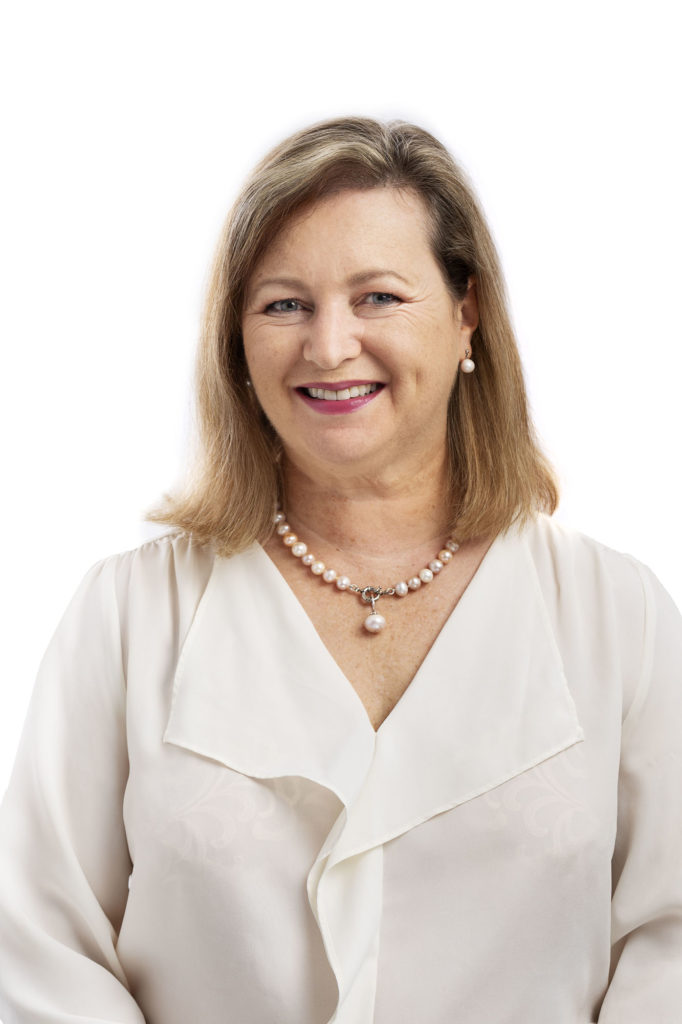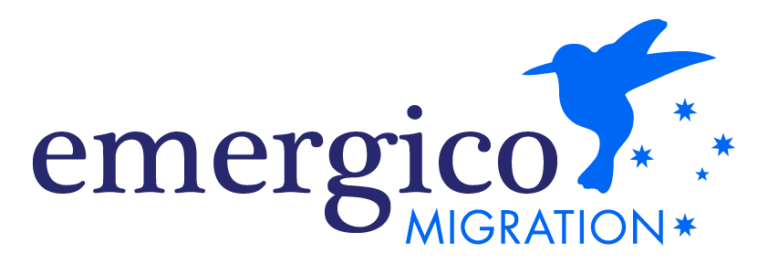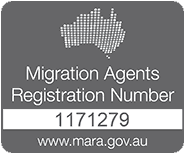It’s New Years Day 2019, and – apart from Champagne and Fireworks – the best thing is that it means the “Annus Horribilus” for migration is over. 2018 was tough in so many ways for lots of people – for our clients, our staff, our stakeholders and employer. Massive changes, skyrocketing costs, and a downright negative approach to migration from those in decision making positions, all characterised “the year that was 2018”.
Of course, nothing is ever certain, and we don’t know that 2019 will be any better – but there’s a few things that make me optimistic about the coming year. The changes in migration provide a lot more opportunity for a good Migration Agent to carefully plan and strategise for clients, leading to less problems for them and better outcomes.
Here’s the top 7 things that I am optimistic about.
- The Bad News is (almost) all out.
We’ve had a government which was in chaos for much of the last year, for reasons mostly unrelated to migration. The migration agenda was, however, played out publicly and used as a football to score points. This year, there will be a federal election, and possibly a change of government. Sometimes it’s “better the devil you know”, but we have a reasonable idea of the party policies of both major parties. If Labour wins the election, expect to see Temporary work visas take another hammering, but more lenience on permanent residency pathways. If the current government remains, we know their focus will be on regional visas and shoring up the visa platform in order to facilitate this. History tells us there will still be changes in 2019, but I don’t expect to see anything like the chaos of 2018.
- Employers are getting used to higher costs to sponsor workers.
Changes made to the TSS visa have seen employer costs skyrocket, through the addition of the Skilling Australians Fund Levy. When it was first introduced in August, we saw a dramatic drop in demand for the new TSS visa, as expected. Four months on, and employers are back in the market. Sure, many of the smaller employers now find it difficult or impossible to sponsor, but medium and large companies are now factoring the SAF costs into their recruitment budget and proceeding. And this is all good news for you – the skilled applicant. The process has become tougher and more complex, but that’s where migration agents can add the most value. We expect to be able to help a lot more people next year with employer sponsored visas.
- A new Temporary Parent Visa is on the way.
The long-awaited Temporary Parent Visa came one big step closer last year, with the passing of the Migration Amendment (Family Violence and Other Measures) Bill 2016. This visa won’t suit everyone, but does provide a new pathway for parents who do not meet the Balance of Family Test. It will give parents up to 10 years to spend with their children in Australia. The word from the Minister is that it will be available in the first half of 2019. We’ll be keeping our newsletter subscribers updated as information comes to hand, so subscribe to our newsletter if you haven’t already.
- Partner Visa changes are ahead
To be honest we’re not over the moon about this one – partner sponsors will need to be approved upfront before a partner visa can be lodged. But we might be worrying unnecessarily about it. The character clearance process could be very quick. On the other hand, it does give the Department an opportunity to stall on sponsor approval if there was a reason to do so, and this might affect people on short term visas, who wish to lodge while they are in Australia. The optimist in me can see a lot more opportunity to carefully support our partner visa applicants and navigate the best outcome for them – starting with an initial assessment of their whole situation. Strategy in migration is everything, in the current environment – and you can’t get an individual strategy from the Department’s website.
- Rejuvenation of Skilled Migration
We went through several months last year where there were very few skilled visa invitations. Demand for visas exceeded supply – meaning the “price” went up – that is, points. While 60 was the minimum, it’s now 65, and in practical terms, 70-75 are required for most invitations. However, in the last few months we’ve seen an increase in the number of invitations, with the October round yielding 4340 invitations for 189 – almost double the previous month. There has been high demand for state sponsorship, and many States have been able to secure additional allocations of visas. While States are tightening their requirements, this adds to the integrity of the process, and allows people to really focus on where they want to be. Although some of our clients have been negatively affected, others are benefiting from the greater focus and clarity.
- Designated Area Migration Agreements (DAMA’s)
A DAMA is a specific migration plan for a geographical area. Northern Territory has had one for a few years now. There are at least 3 more DAMA’s in the making – Warnambool in Victoria, Far North Queensland and the Goldfields in Western Australia. We don’t know too many details yet, but there could be some good opportunities for skilled people to be sponsored under arrangements which are concessional, and more attractive to employers. It’s worth watching this space about the new DAMA’s, which the current Minister sees as a viable solution to Regional Australia’s workforce shortages.
- Working Holiday Visas are More Available.
Two critical changes will benefit lots of young people this year. First, some countries have had their Subclass 462 quota increased considerably – including Peru, Spain and Israel. Secondly, certain Working Holiday Visa makers will be able to qualify for a THIRD year visa, if they meet certain conditions involving regional work. Great for visa holders; great for our farmers!
 Will 2019 be your year? Time to re-look at your visa options? Give us a call, or email, and we’ll be happy to help you.
Will 2019 be your year? Time to re-look at your visa options? Give us a call, or email, and we’ll be happy to help you.





